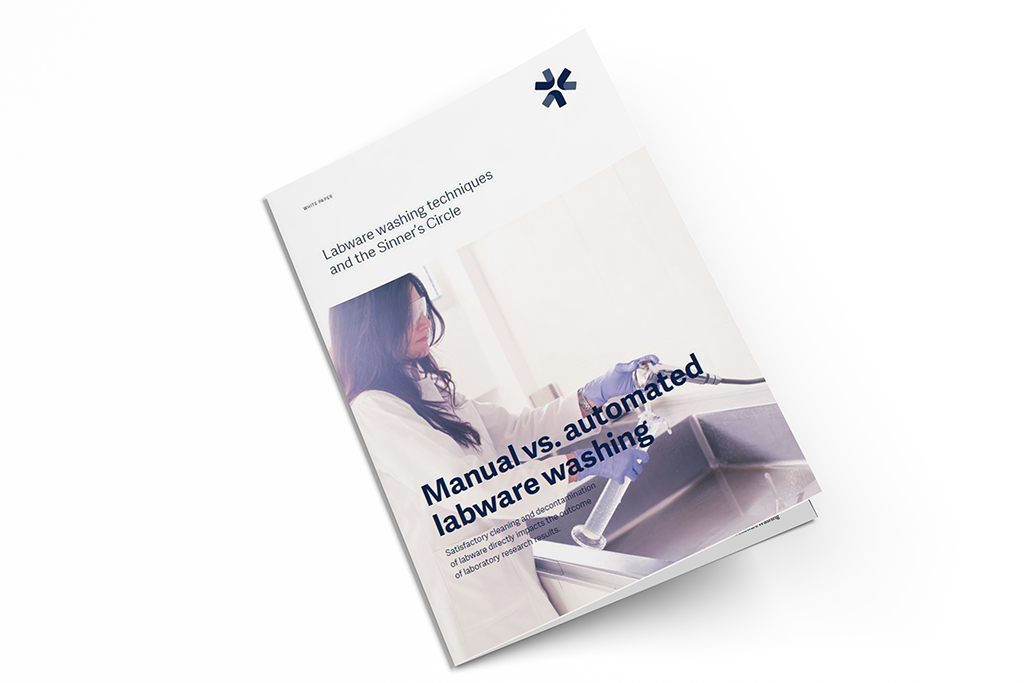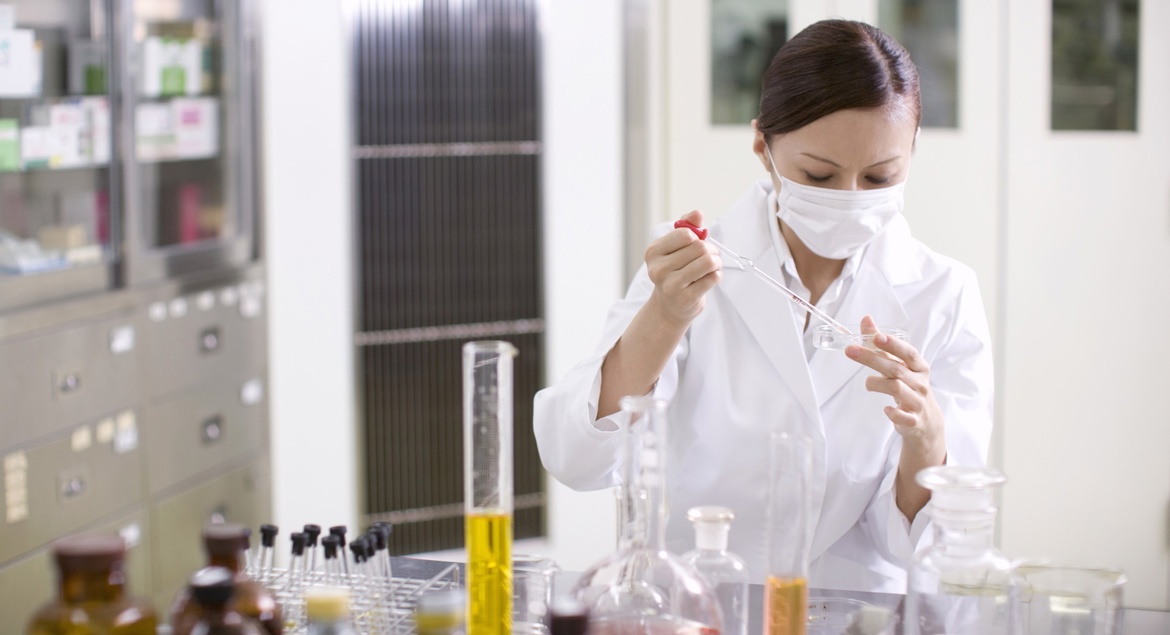The 4 Pillars of Successful Labware Cleaning
Clean labware is a critical component in any laboratory because contaminated labware can lead to false test results and expensive re-testing.
Standard laboratory washing protocols are established by balancing the factors of the Sinner’s Circle to ensure quick, thorough and economical laboratory glassware cleaning. The Sinner’s Circle is essentially an equation that consists of four factors: mechanical action, chemical action, temperature and time.
1. Scrubbing Away Soil
The mechanical factor refers to the physical action of removing soil. In hand washing processes this factor is accomplished through scouring with sponges or brushes while automated washing operations achieve mechanical cleaning through injector jets, rotating spray arms and other types of manipulation devices.
2. Selecting the Detergent
Detergents, acid or base rinses and other cleaning solutions fall within the chemical factor. The type of chemical used depends on the type of soil and labware material composition. Some detergents require additional safety procedures for operators in manual processes. Automatic labware washers have accurate dispensing capabilities for safe, accurate washing cycles.
Though time and temperature factors are fairly straightforward by definition, both are widely variable depending on washing processes.
3. Selecting the Temperature
In manual processes within an approved SOP, it is more challenging to control the process because water temperature can vary based on personal preferences. Automatic labware washers can be programmed over a broad range of washing temperatures tailored to deliver effective, accurate and repeatable cleaning processes. Many automated washing systems can also include a high temperature final rinse and drying, to assure uniform conditions required for decontamination.
4. Determining Optimum Cycle Time
The length of time of the washing cycle depends on the amount of soiled material to be removed, the density of the material adhering to the labware, and the length of time required for chemical surfactants to penetrate soil so that mechanical impingement can be most effective. Compared to manual cleaning, automated washers improve throughput and simplify the process of standardizing washing cycles.
Balancing the Equation
All factors of the Sinner’s Circle equation must be balanced to achieve the ideal cleaning solution. Each factor is variable and can be combined in different ratios based on soil type and amount, the labware configuration and standard operating preferences.
Manual processes make balancing the equation more difficult since factors in the equation are subjective and harder to control and repeat. In automated washing processes, however, this equation becomes an inherent wash cycle standard. Unlike manual washing, which can be subject to human error, automatic labware washers deliver uniform, repeatable results by accurately balancing and maintaining factors which comprise the Sinner’s Circle.
Download the white paper here:

Learn more about balancing the Sinner’s Circle and why automated washing can ensure successful labware cleaning. Download our white paper “Manual vs. automated labware washing: Labware washing techniques and the Sinner’s Circle.”
